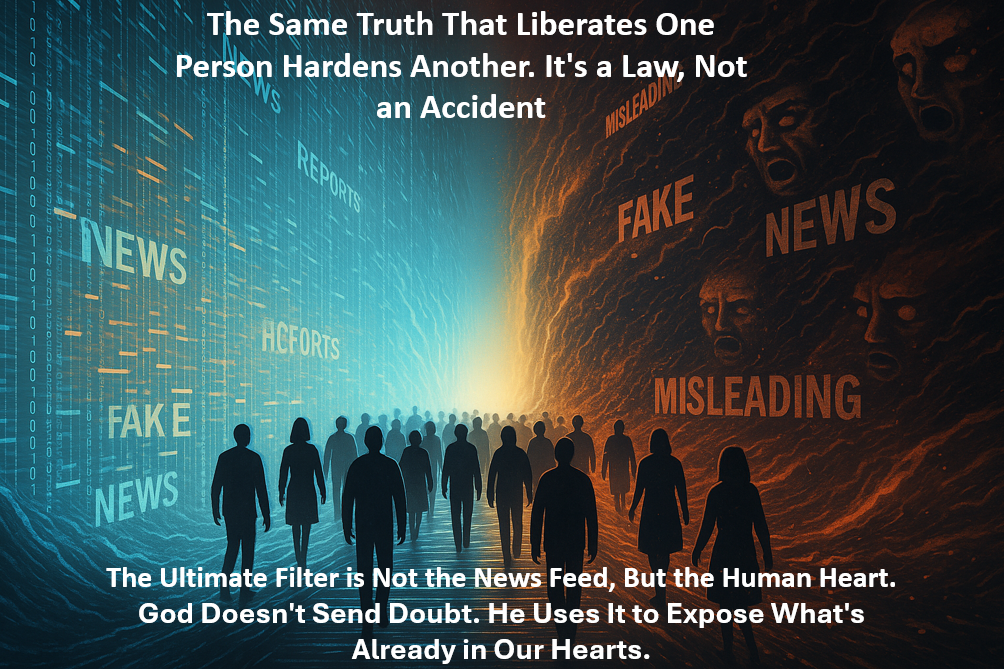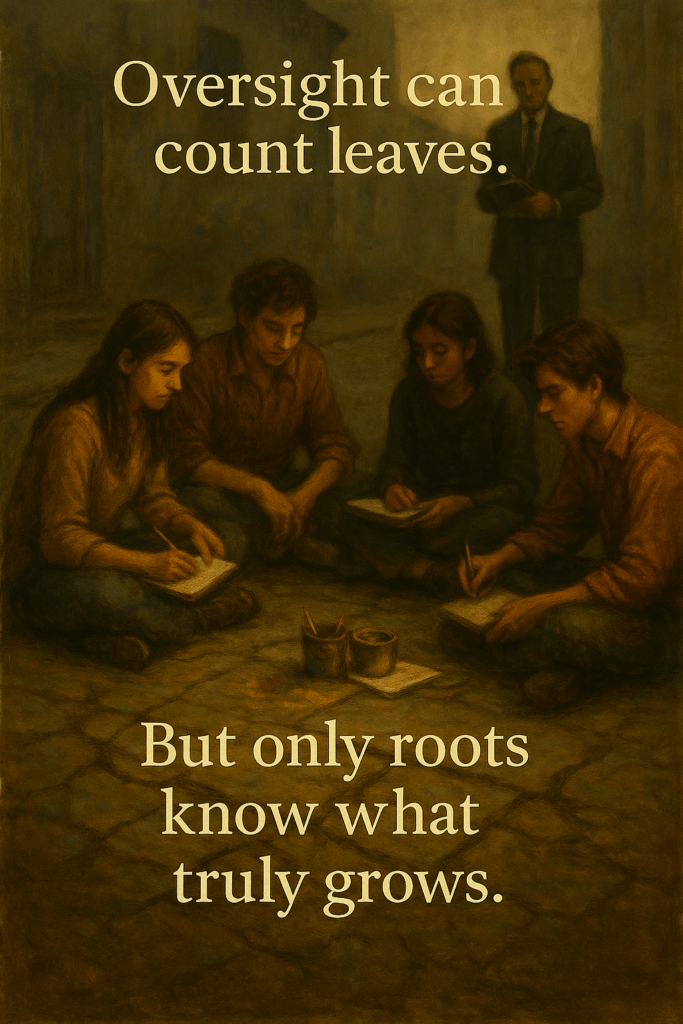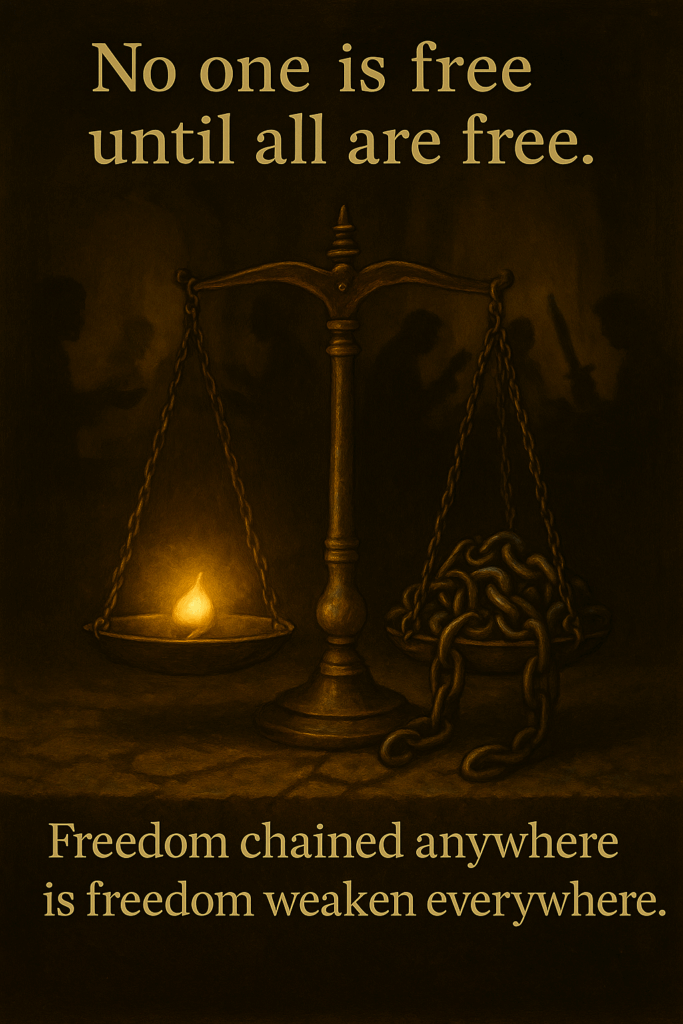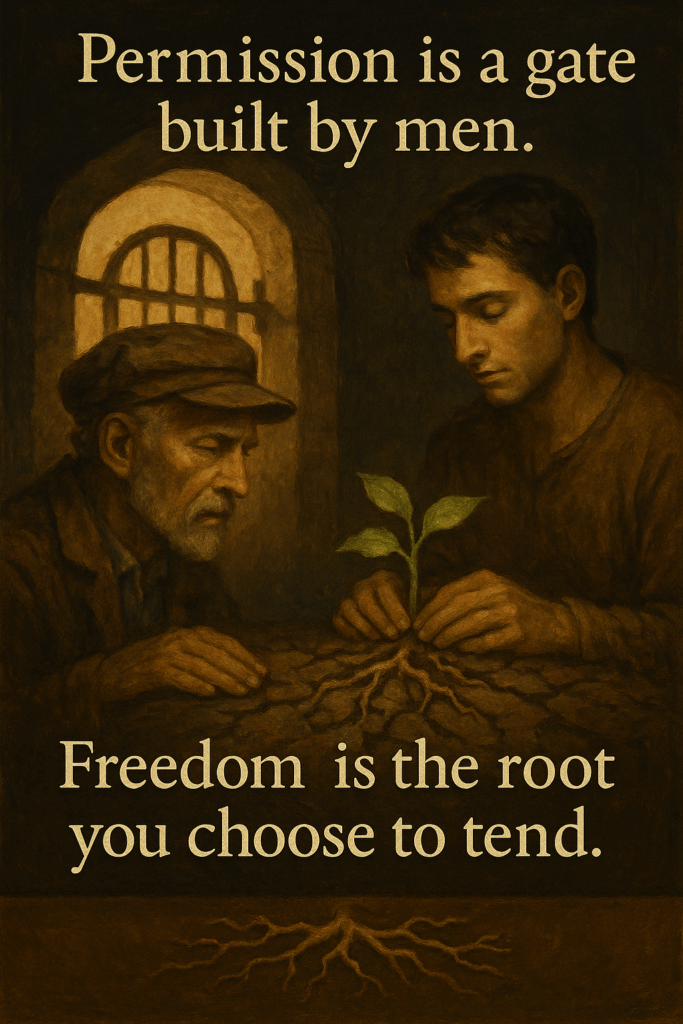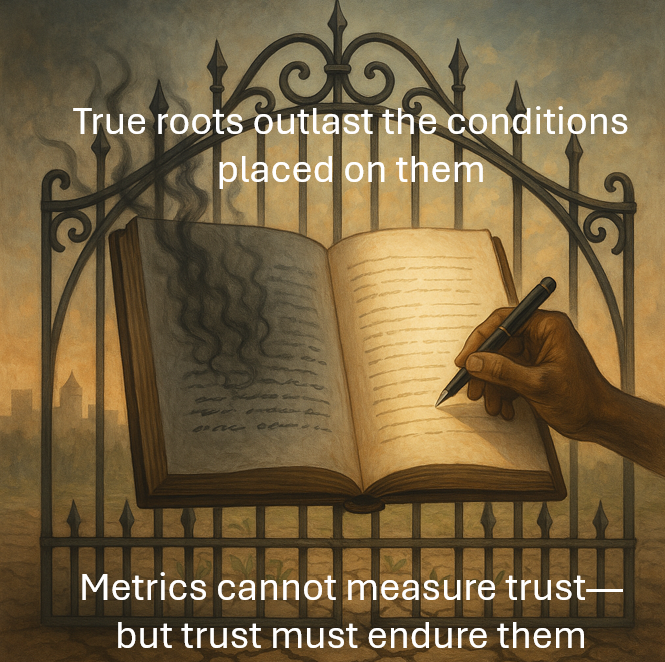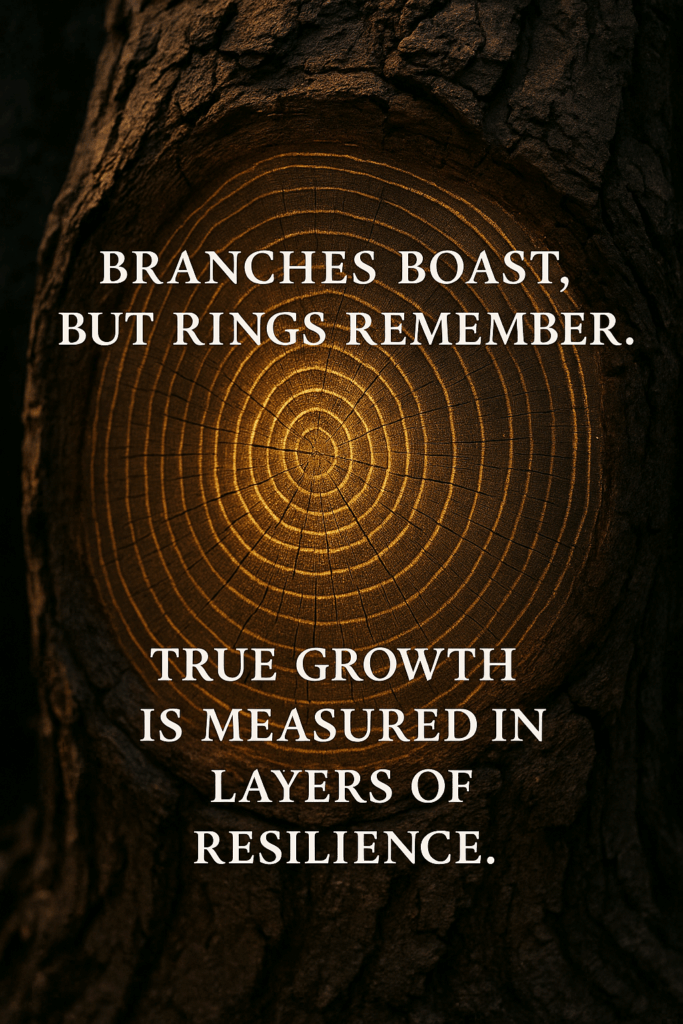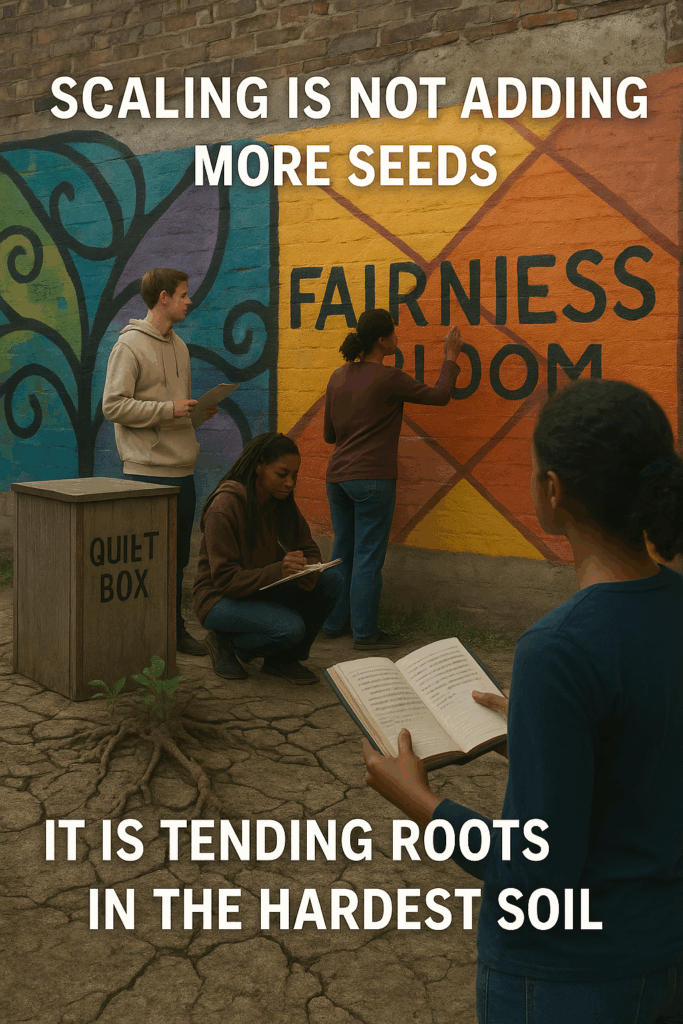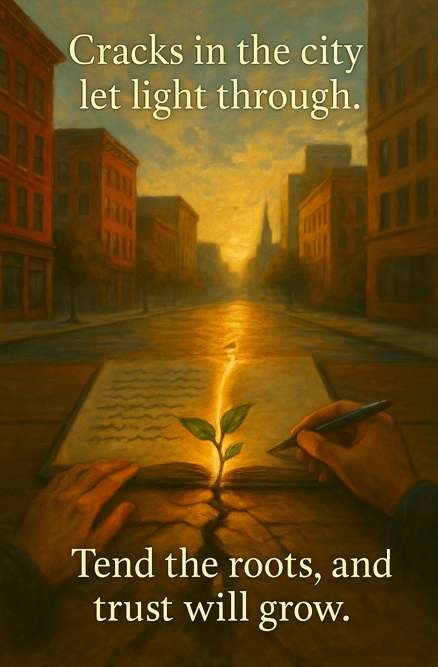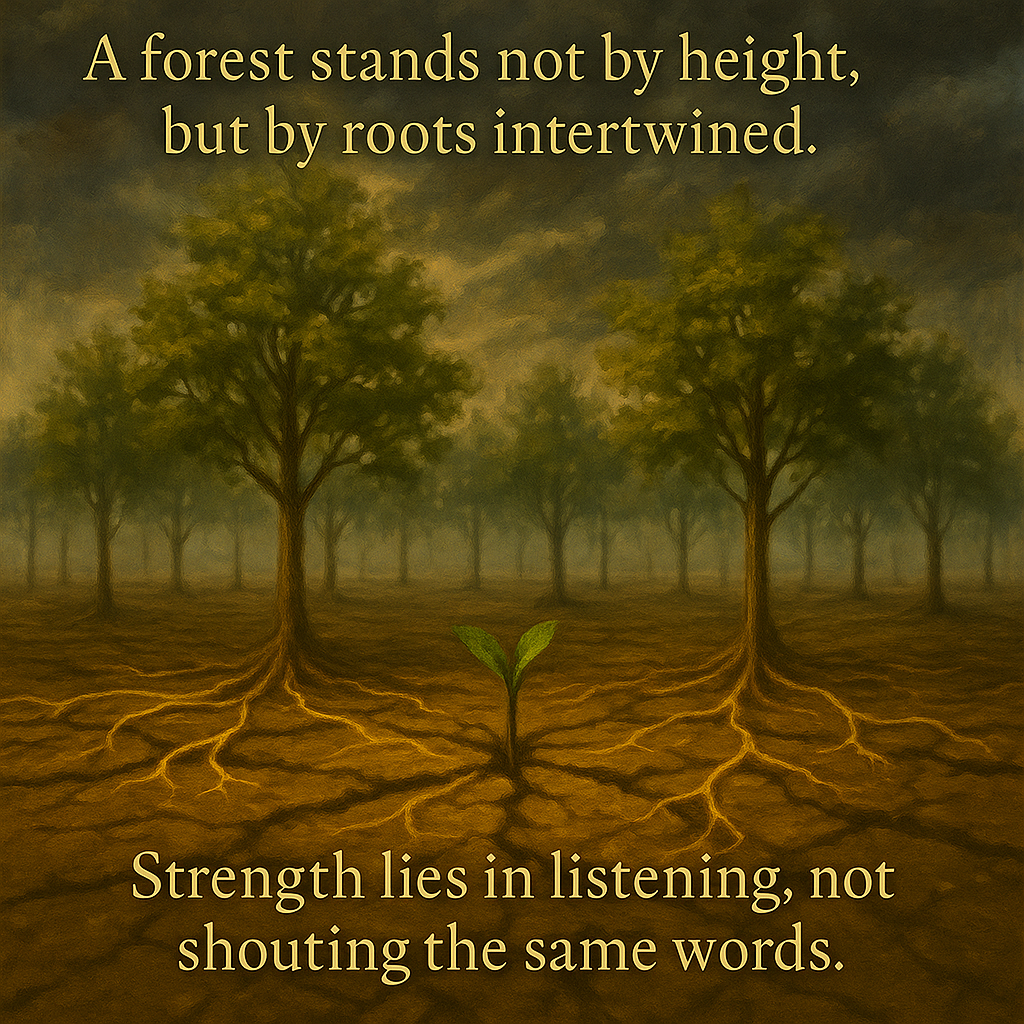The Divine Criterion: How God Separates the Pure from the Impure in an Age of Deception
In the grand, unchanging cosmos of Divine Law, certain principles govern the rise and fall of individuals and nations. Among the most critical of these is the Law of Al-Furqan—the Criterion that separates truth from falsehood, light from darkness, and the pure in heart from the spiritually diseased. This is not a arbitrary act of punishment, […]
The Divine Criterion: How God Separates the Pure from the Impure in an Age of Deception Read More »
Critical Thinking